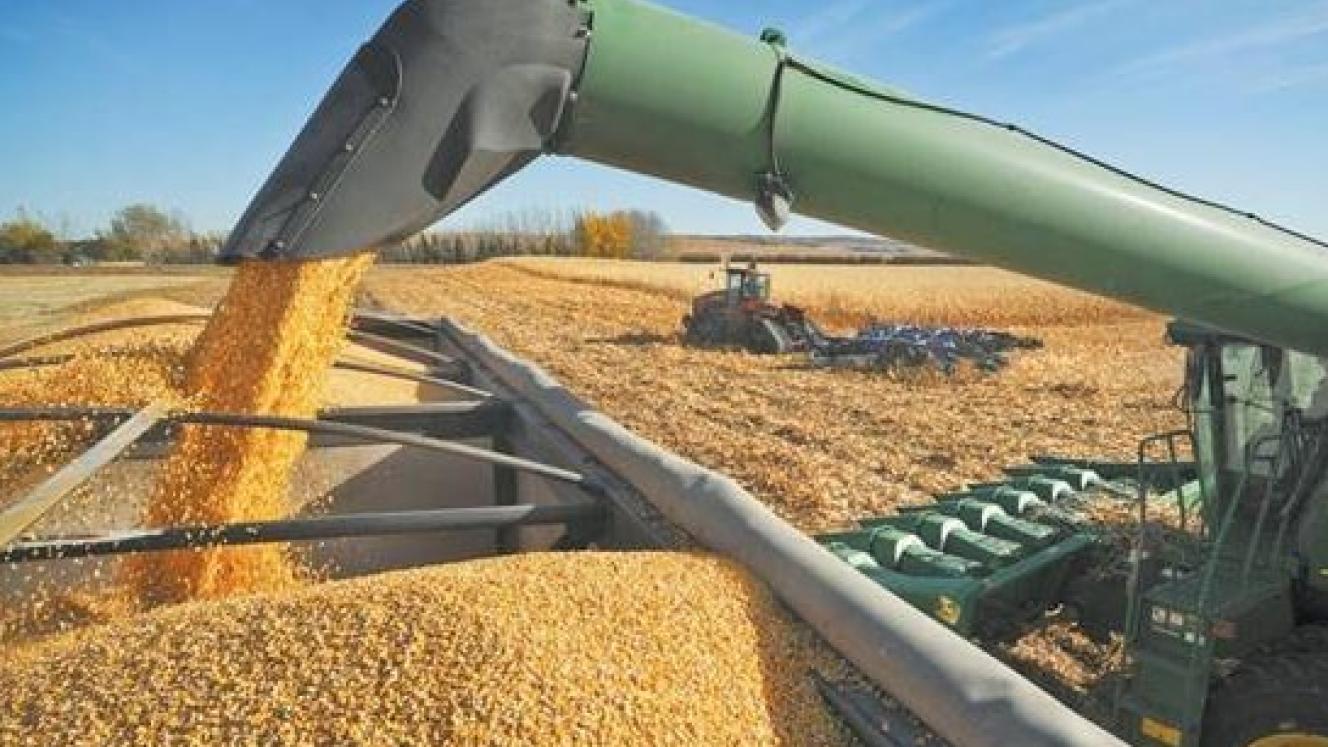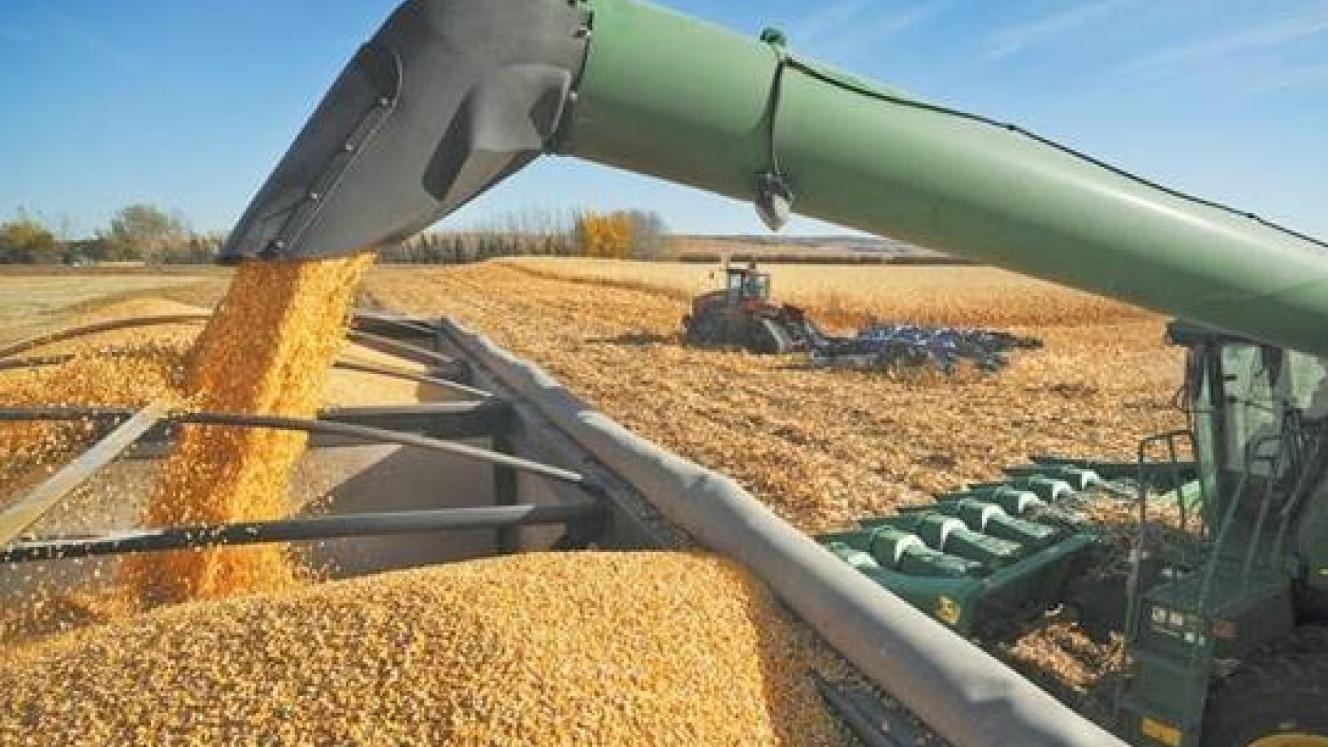Zimbabwe bans maize imports

Based on the premise that there are sufficient supplies for the local market, the Zimbabwe government has reinstated a ban on maize imports.Quoting a news report by Reuters, agricultural economist Wandile Sihlobo says the government wants to ensure maximum price realisation for the domestic producers before allowing imports.
Sihlobo says it remains unclear if Zimbabwe has sufficient maize supplies for the year or will need imports later. Zimbabwe’s 2024-25 maize production is forecast at 1.3 million tonnes, according to recent data from the Pretoria-based unit of the United States Department of Agriculture (USDA). This is just more than twice the output from the previous season, which was a drought period, he points out.
“This recovery in Zimbabwe’s maize production is primarily driven by improved weather conditions and an increase in the area that farmers managed to plant for maize. If this production level materialises, then the ban may be temporary.“Zimbabwe’s potential maize harvest of 1.3 million tonnes will not be sufficient to meet the country’s domestic needs of 2.0 million tonnes per annum, leaving it to import the balance.
”In the last marketing year, he says South Africa supplied nearly all of Zimbabwe’s maize imports. “However, in the 2025-26 marketing year, there may be some changes, with Zambia regaining its net exporter status as it expects a bumper harvest of 3.66 million tonnes. This far surpasses Zambia’s maize consumption of 2.8 million tonnes per annum.
“South Africa also forecasts a robust maize harvest of 15.80 million tonnes, which is 23% higher than the previous 2023-24 season's crop. These forecasts are well above South Africa’s annual maize needs of approximately 12.00 million tonnes, implying that South Africa will have a surplus and remain a net exporter of maize.”He says the message for South African maize exporters is that
Zimbabwe may not be the ideal market in the near term, as they have ample domestic supplies, but, later in the season, they may return to the market and import. The USDA forecasts suggest that the expected crop is insufficient to last throughout the year.
